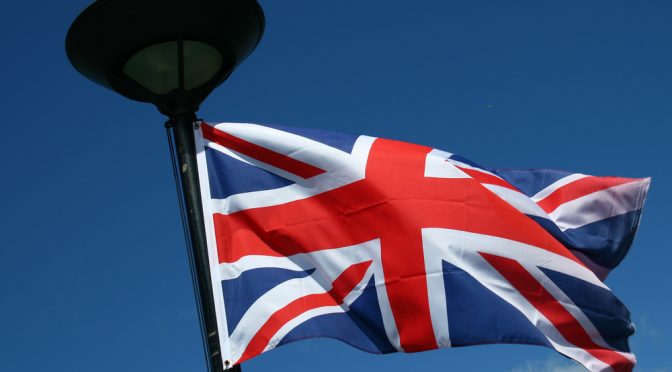In what could be signs of a sluggish close to the second quarter GDP, the latest manufacturing, construction and industrial production numbers painted a grim picture on the economy.
Manufacturing activity in the UK stagnated in June led by a decline in vehicle production which fell 6.7%, marking the biggest decline since 2013, data from the UK’s Office for National Statistics (ONS) showed on Thursday.
The construction sector was also weak, posting a decline of 0.1%. Economists polled were expecting construction output to rise 1.4%. Data for the previous month was revised however to show a 0.4% decline compared to the initial estimates of 1.2% decline.
The industrial production was the only bright spot. Data showed that industrial output rose 0.5% on the month, rising more than the forecasts of 0.1% increase. Previous month’s data was also revised to show a flat reading for the month compared to the initial estimates of a 0.1% decline.
The little gains from the manufacturing and industrial production came mostly on account of the oil and gas industry. Combined, industrial production was seen falling 0.4% for the whole of the second quarter.

BoE signals rate hike only in 2018
The Bank of England’s monetary policy meeting held last week threw a surprise. Despite coming off hawkish, the central bank said that interest rates will have to rise given the damage to economic growth on account of Brexit and with inflation staying firmly above the central bank’s 2% inflation target.
“If the economy were to follow a path broadly consistent with the August central projection, then monetary policy could need to be tightened by a somewhat greater extent over the forecast period than the path implied by the yield curve underlying the August projections,†the central bank said in its statement.
The central bank, however, maintained its narrative that rate hikes will be gradual and limited. The central bank projected two rate hikes in 2018. Economists are now contemplating when the first rate hike will come.

